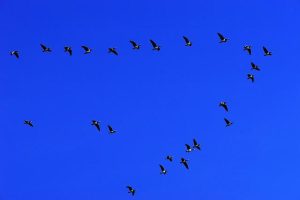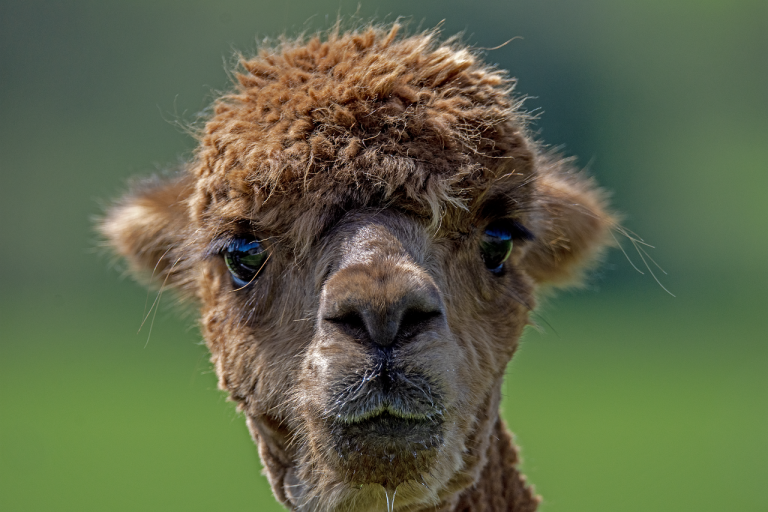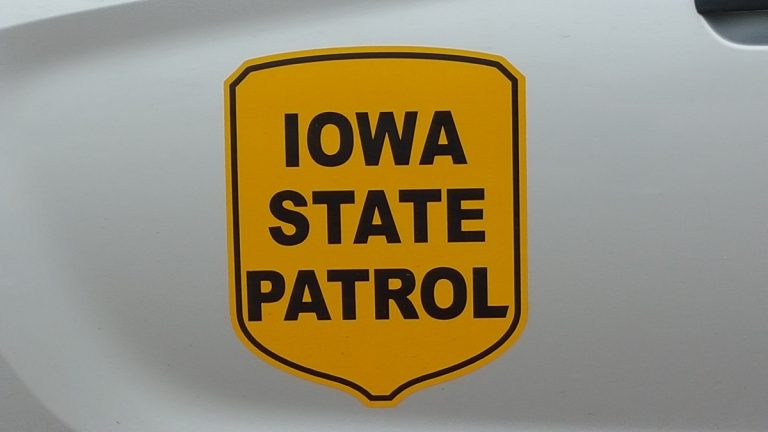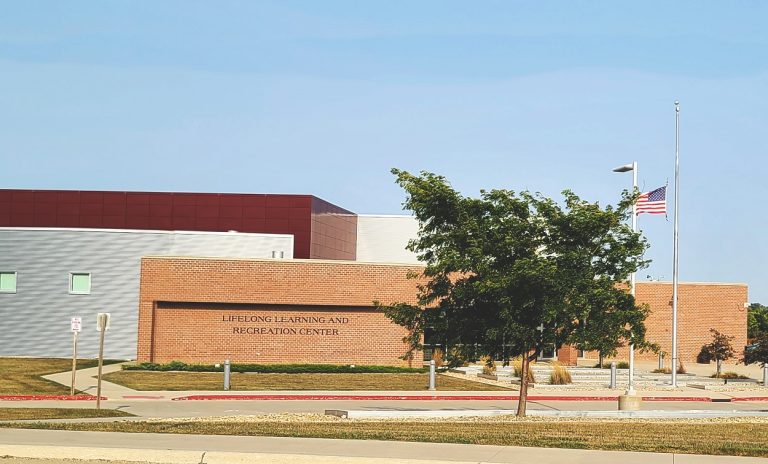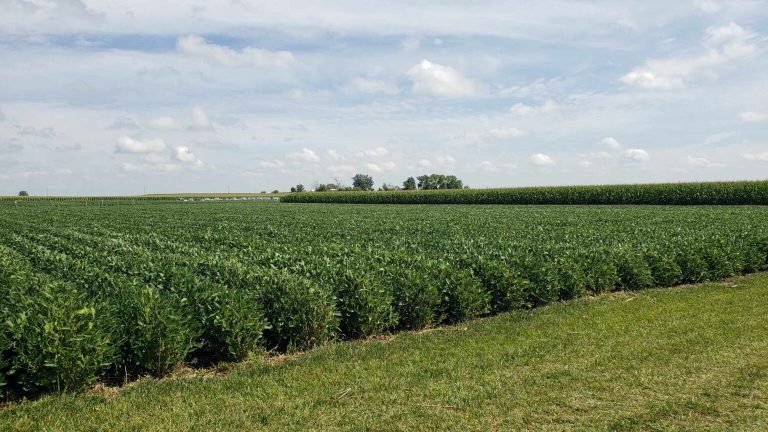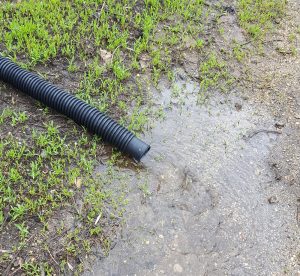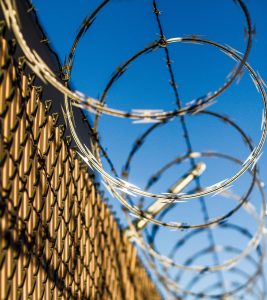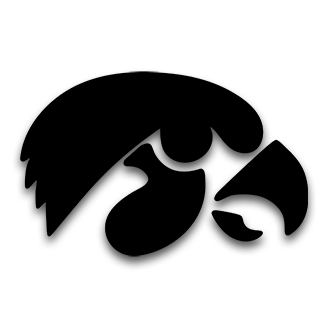Des Moines, Iowa — According to a press release from the Iowa Department of Natural Resources, Iowa has joined a number of other midwestern states in joining with researchers in Canada, as well as Central and South America to create a network of radio receiver stations to learn about long-distance migration patterns of birds, bats and insects.
The System is aptly named The Motus Wildlife Tracking System, as motus a Latin word for movement. The System was initiated by Birds Canada near Toronto in 2013.
As nearly everyone who has lived in Iowa for much time knows by looking at the sky to see geese in their signature “V” shape during the fall and spring, Iowa is an important flyway for migrating birds. Because of this, as the state works to fill in its east-west receiver station fence, more birds will be detected. This detection will provide more information as to the migration patterns of the birds, which can then help in making informed conservation decision making.
Iowa began its part of the system by installing stations in August of last year, as part of a Fish and Wildlife Service Grant, which funded equipment for 40 stations in the Midwest, and a dozen in Central and South America. There were elevation requirements for the stations, which were placed on buildings owned or leased by the Iowa DNR, including Lewis and Clark State Park, and various towns across the state, the closest of which to our broadcast area being Early, Iowa. The Early station is located on the Blackhawk Wildlife Unit building, and has had three detections so far: a lesser yellowlegs that was tagged at it’s wintering grounds in Columbia; a golden-winged warbler which was tagged at its wintering grounds in Costa Rica; and an American kestrel after being tagged on the breeding grounds in Minnesota. The lesser yellowlegs were detected on May 4 traveling an estimated 48 and a half miles per hour.
Elevation is not the only consideration for the determination of a host site, but also the relation to other stations, and a reliable internet connection.
The stations are automated and have four antennas set to receive two radio frequencies. The larger antennas have a detection range of just over 9 miles, and smaller antennas can cover just over 6 miles. The stations are expected to last for 10 years, at a cost of around 4,000 dollars.
The Iowa DNR has not yet started tagging animals yet, however that is the next step once more stations are up and running. Tagging birds is regulated by the federal government, and has specific requirements and limitations. The Bird Banding Laboratory with the United States Geological Service maintains these requirements and limitations, and handles the authorizing of the required permits to avoid negatively impacting the bird’s life.
The stations in this system are automatically updating their databases so the data on their website is always current. Information on the project is available to the public, and can be seen at motus.org.



